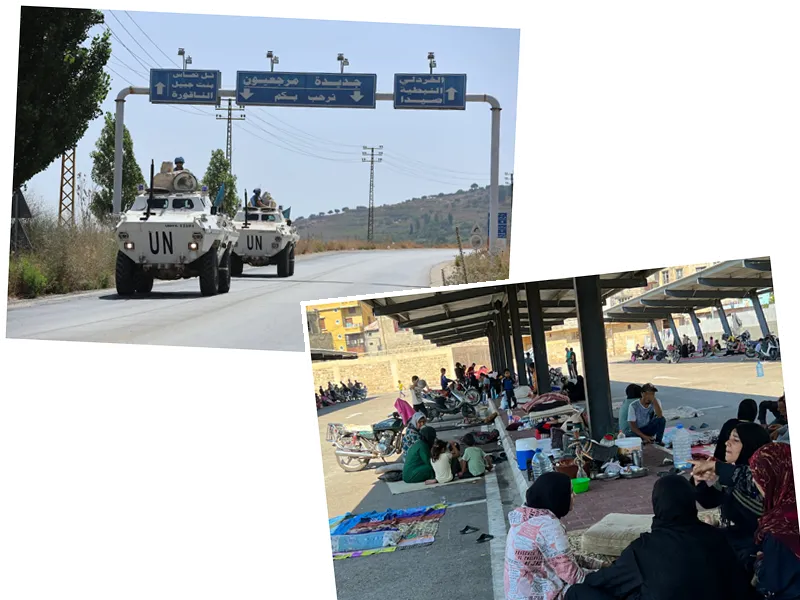Shelters in Israel Lack Adequate Protection Amid Ongoing Conflicts
Recent escalations in violence, particularly the 'Al-Aqsa Flood' battle initiated by Hamas, have raised urgent questions about the preparedness of Israel's home front for missile attacks. Official estimates indicate that approximately 50% of public shelters in Israel are not equipped with necessary emergency supplies, leaving a significant portion of the population vulnerable. The conflict has highlighted that fortified rooms in residential buildings do not adequately protect against direct strikes, shrapnel from missiles, or attacks from militants.
As the war expands across multiple fronts, local data reveals that about 28% of the Israeli population lacks access to any form of shelter, a situation described as the 'shelter gap.' This gap persists despite laws mandating the construction of shelters in new buildings, which were established following the Nakba in 1948 and reinforced after the Second Gulf War in 1991. The law requires that every new apartment must include a fortified room, yet many existing homes, particularly those built before 1990, do not meet this requirement.
The current conflict has brought to light the inadequacies of the 12,000 public shelters across the country. An audit conducted by the Israeli comptroller revealed that many of these shelters are not up to standard, failing to provide adequate protection against missile attacks. Approximately 700,000 people rely on public shelters, which may not offer sufficient safety during emergencies.
In addition to public shelters, Israel has around 700,000 fortified rooms in private homes, yet a significant number of older residences lack these protections. The Home Front Command is responsible for the maintenance and readiness of these shelters, conducting audits every three years, but reports indicate that budget allocations for necessary renovations have been insufficient.
The situation is particularly dire in Arab towns, where public shelters are virtually non-existent. According to local data, 72% of Arab local authorities report a shortage of first aid and rescue equipment, and 65% of Arab homes do not have fortified rooms. This disparity underscores the need for equitable access to emergency preparedness resources across different communities in Israel.





